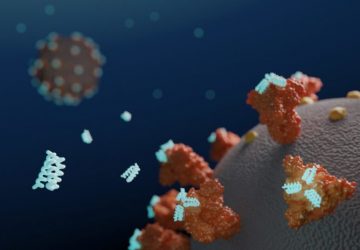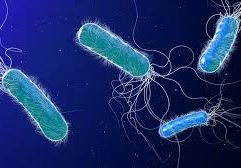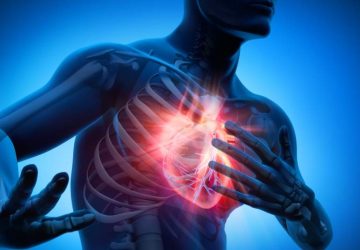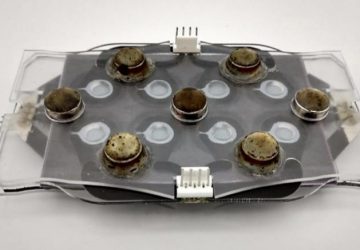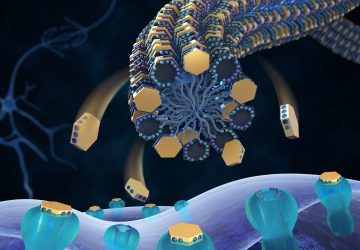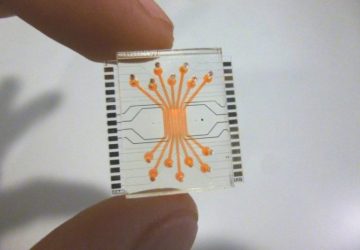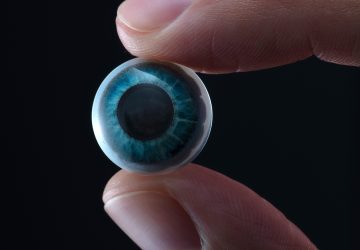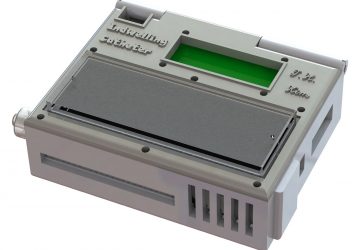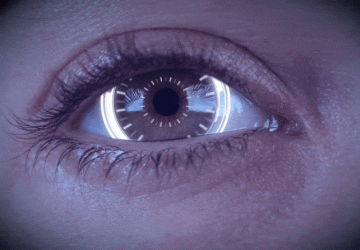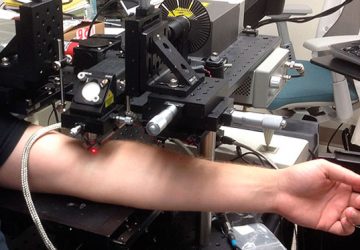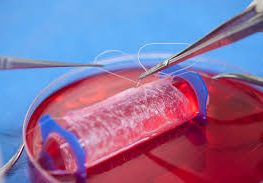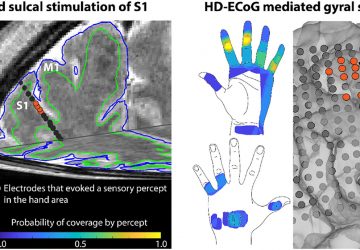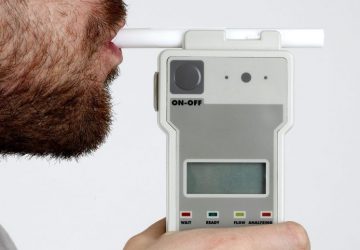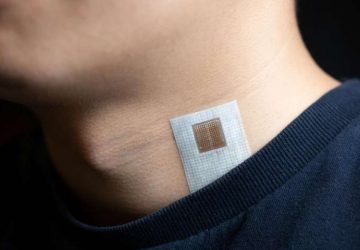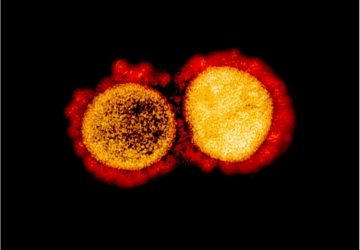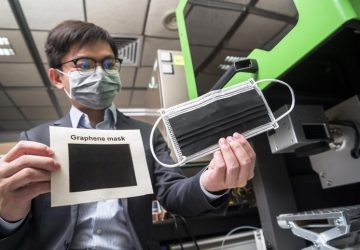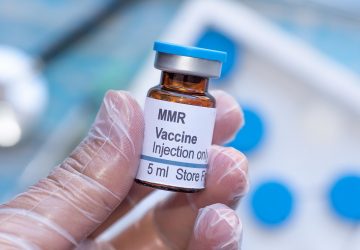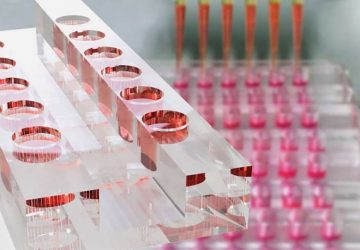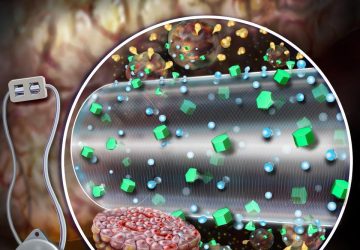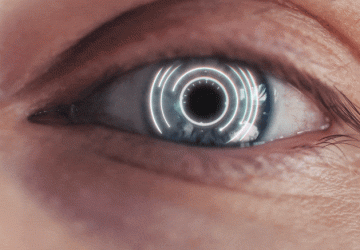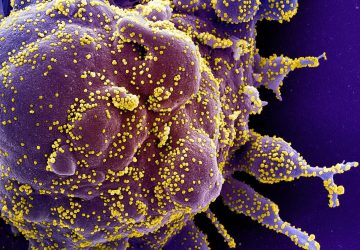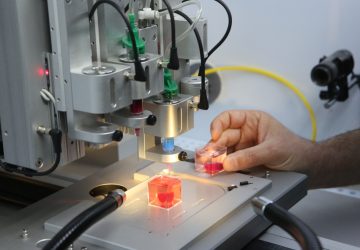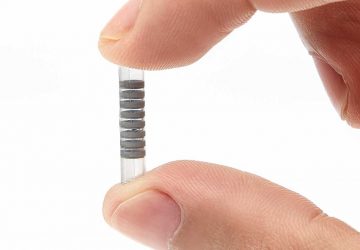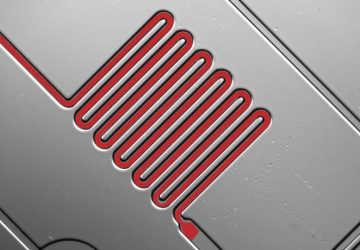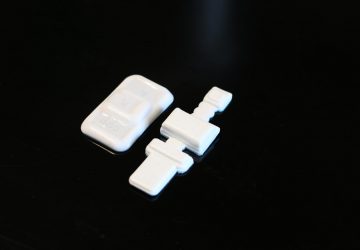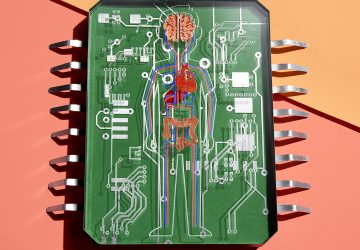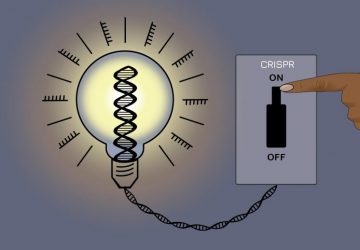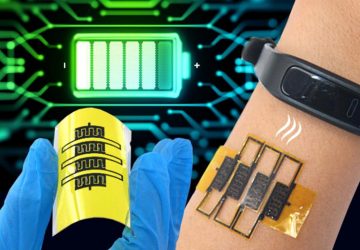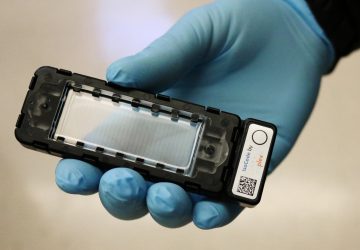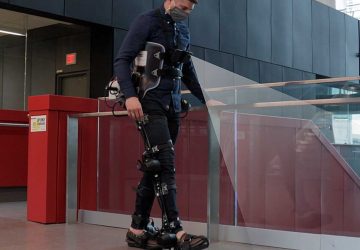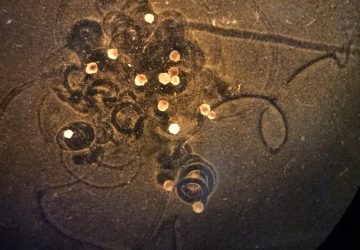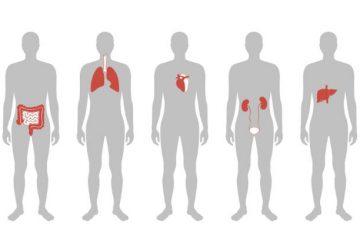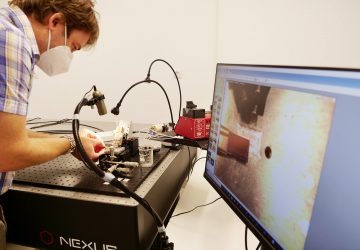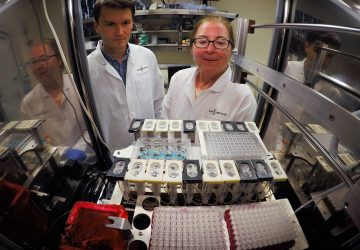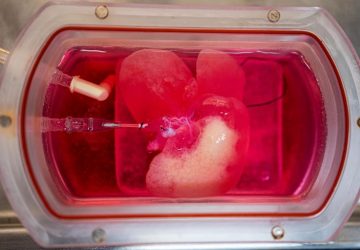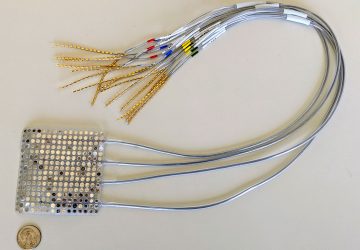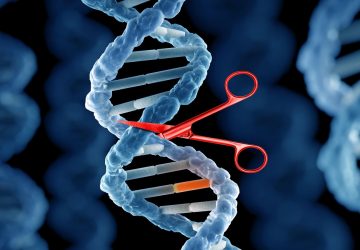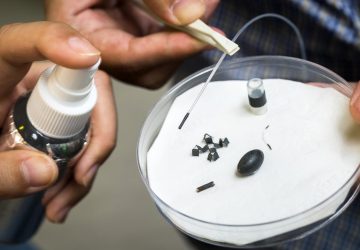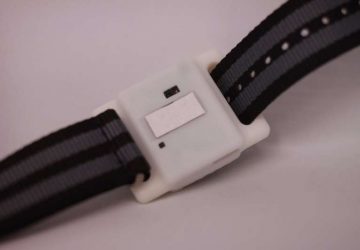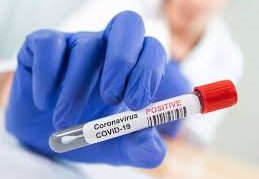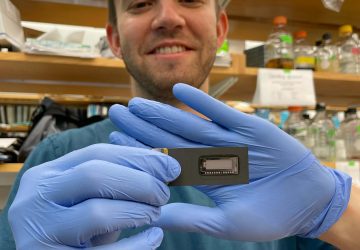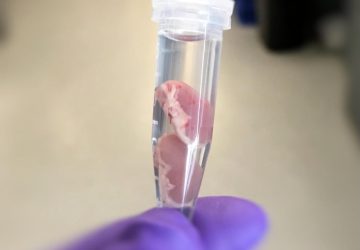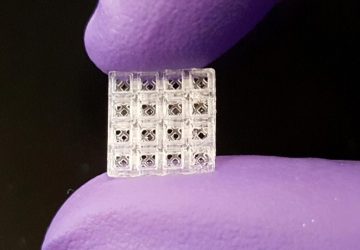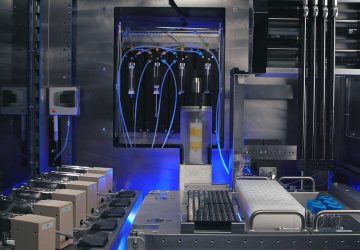Trillions of tiny microbes and bacteria live in your gut, each with their own set of genes. These gut microbes can have both beneficial and harmful effects on your health, from protecting you against inflammation to causing life-threatening infections. To keep out pathogens yet encourage the growth of beneficial microbes, scientists have been trying to find ways to target specific microbial genes. Katherine Pollard, PhD, is one of these scientists….
Read MoreSilencing of GULP1 gene expression plays important role in ovarian carcinogenesis
Johns Hopkins researchers in collaboration with Insilico Medicine, a biotechnology company based in Rockville Maryland, identify that silencing of the GULP1 gene expression by methylation plays an important role in ovarian carcinogenesis. In a report published in Cancer Letters journal the authors, including researchers from both Johns Hopkins and Insilico Medicine, used an integrated approach by coupling identification of genome-wide expression patterns in multiple cohorts of primary ovarian cancer samples…
Read MoreNew DNA test predicts how humans may respond to cannabis
Today marks the launch of the Endocanna Health “Cannabinoid DNA Variant Test™” the most comprehensive personalized cannabis DNA test available on the market today. Developed by a team of renowned scientists at Endocanna Heath, a biotechnology research company, this direct-to-consumer DNA test kit, analyzes an individual’s DNA markers and provides science backed recommendations based on their specific DNA in a way no other test has been able to do before….
Read MoreNew Wearable Sensor Detects Stress Hormone in Sweat
Photo: Stanford University/Science Advances Stress. We all know it can be bad for us. It affects blood pressure, metabolism, immune response, and memory. Over time, it can contribute to the development of chronic diseases. So scientists and health professionals are putting a lot of effort into finding ways to measure and help patients cope with it. Wearables that use sweat to detect stress typically track temperature, heart rate, and perspiration…
Read MoreBiological signalling processes in intelligent materials
Graphic. Credit: Wilfried Weber Scientists from the University of Freiburg have developed materials systems that are composed of biological components and polymer materials and are capable of perceiving and processing information. These biohybrid systems were engineered to perform certain functions, such as the counting signal pulses in order to release bioactive molecules or drugs at the correct time, or to detect enzymes and small molecules such as antibiotics in milk….
Read MoreScientists develop proteins that self-assemble into supramolecular complexes
The design of novel proteins that self-assemble into supramolecular complexes is important for development in nanobiotechnology and synthetic biology. Credit: Copyright © 2018, American Chemical Society A collaborative research team based in Japan has designed new proteins that can self-assemble into the complex structures underlying biological organisms, laying the groundwork for leading-edge applications in biotechnology. The researchers created and developed the proteins with a specific function and their method reveals…
Read MoreDrug-resistant gene goes from pig farms to patients worldwide
A troublesome gene that is resistant to an antibiotic often used as a last resort has been tracked from its origins to hospital patients worldwide in a new study led by UCL and Peking University People’s Hospital. The study, published in Nature Communications, found that the mcr-1 gene, now present across the globe, can be tracked to a single event around 2006 when it moved from pigs into pathogens that…
Read MoreSynthetic Bacteria Drive New Ingestible Gut Sensor
Photo: Lillie Paquette/MIT School of Engineering In the latest edition of “What would you be willing to swallow?”, researchers at MIT today unveiled an ingestible sensor that combines engineered bacteria with ultra-low-power microelectronics to sense changes in the gut. The sensor, roughly the size of a large pen cap, needs to undergo miniaturization and further study before it can be used in humans, but the team hopes to begin a…
Read MoreTiny Robots in Disguise Combat Bacteria in the Blood
Image: Esteban-Fernández de Ávila/ Science Robotics Nanorobots nab bacteria, spherical in shape, that cause a hard-to-treat infection known as MRSA. Researchers have come up with all sorts of ways to propel tiny robots deep into the human body to perform tasks, such as delivering drugs and taking biopsies. Now, there’s a nanorobot that can clean up infections in blood. Directed by ultrasound, the tiny robots, made of gold nanowires with a biological coating, dart around blood, attach to bacteria, and…
Read MoreNew treatment for severe asthma
Researchers from McMaster University and the Firestone Institute for Respiratory Health at St. Joseph’s Healthcare Hamilton, together with colleagues at other partnering institutions, have developed a new method to treat severe asthma. In a study of over 200 participants with severe asthma, the new treatment was shown to have improved asthma symptoms and lung function, while reducing the need for corticosteroids by up to 70%. According to Statistics Canada, 8%…
Read More

